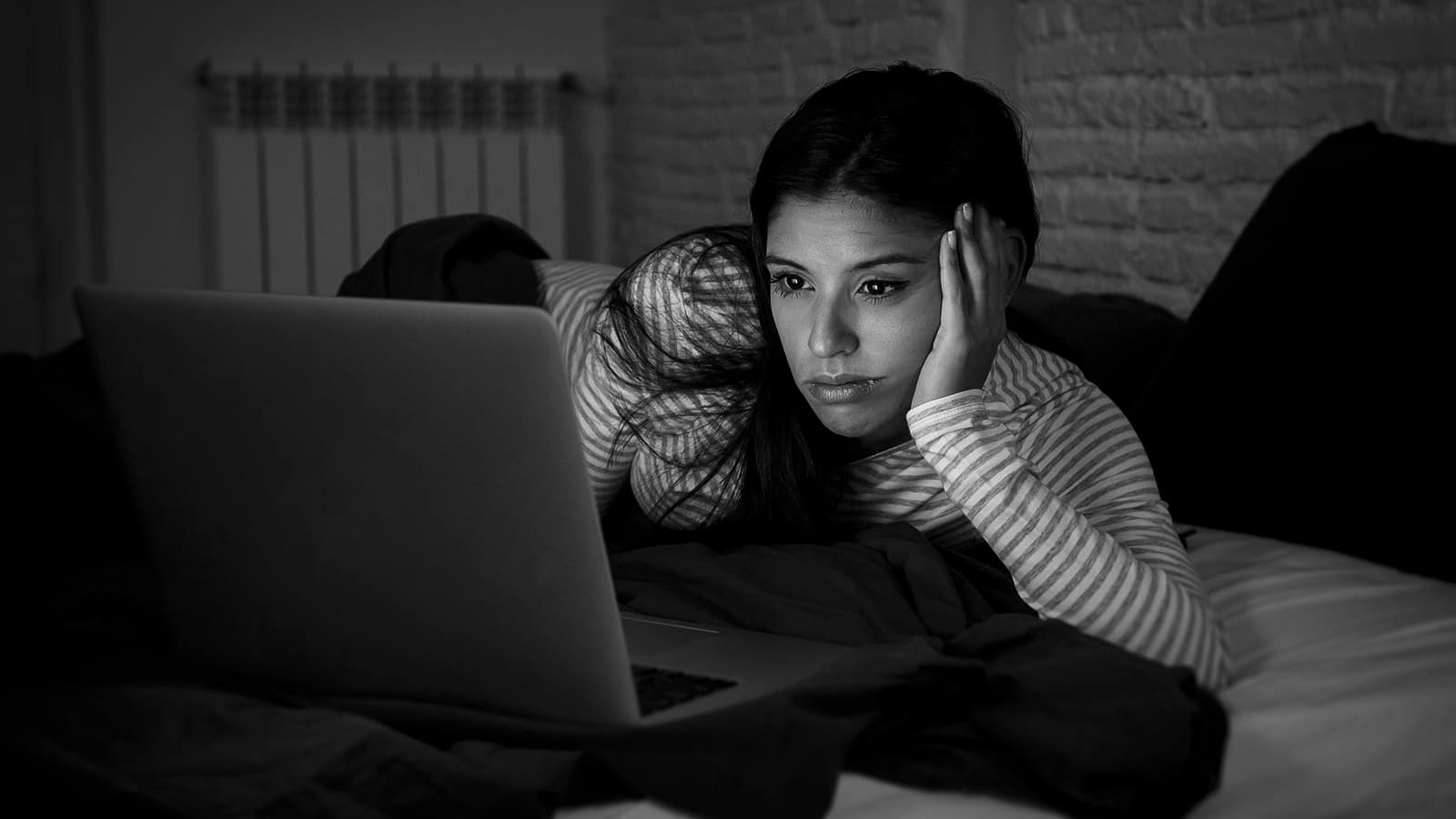Are you feeling more stressed when you’re inside your house? Does your home feel too cramped, bright, and stifling, resulting in anxiety? Could it be related to the piles of unfolded clothes on your sofa, the lack of natural light in your bedroom, or how the furniture is arranged in your living room?
According to Health Care Design magazine, many hospitals and clinics in the U.S. today pay attention to how their interior facilities are designed and arranged because it can significantly affect the patients’ wellness. Aside from complying with the guidelines from the American Disabilities Act, hospitals make sure that rooms, treatment facilities, and bathrooms are airy, roomy, and clean, as well as pleasing to the eyes and filled with design elements that elicit a positive vibe.
The same principle applies to your home. A messy house impacts your mental health, physical well-being, and productivity. When your house, garage, home office area and even the inside of your car are dirty, cluttered, and disorganized, you’re giving yourself undue stress that affects your general health. Here are some ways experts say your home can give you anxiety.
Mental Experts Explain 9 Ways Your Home Can Give You Anxiety
1. Clutter in the household raises women’s cortisol levels more than men’s.
A study from the experts at UCLA at the Center on Everyday Lives of Families (CELF) learned that many women living in a disorderly house tend to have higher cortisol level patterns or stress hormones.
- Experts believe that the kind of stress homemakers experience could be directly related to the number of things the family has accumulated over the years.
- Women must manage the upkeep to keep these things clean and in order.
- Conversely, men don’t view keeping the house tidy and clean as their main responsibility. So, clutter doesn’t impact them like the ladies who get stressed about it.
2. You tend to have poor coping mechanisms when you have clutter all over your house.
Experts at Cornell University say that clutter and mess in the home can trigger unhealthy coping mechanisms when you’re stressed out. These may include indulging in junk food, sleeping longer than usual, and sleeping on the couch.
When you’re doing all these things but not addressing why you’re stressed out, you are not getting any relief. Instead, these activities may cause lasting unhealthy effects on your brain’s structure and function because your stress levels remain high.
Over time, it will be difficult to manage your body and mind when stressed so that it will grow weaker. When you’re chronically stressed, you also lose the ability to think clearly. You tend to lack the motivation to reinforce a positive point of view. This, in turn, can change your behavior towards people, which may cause friction in your relationships and lead to anxiety.
3. You don’t feel good staying in your house because of its interior problems.
Aside from the clutter, there are other layers to what make you anxious inside your house. It can be any of the following:
- Poor quality of the air
- The way the room smells
- Bland lighting
- Irritating acoustics
- Mismatched, ugly, and low-quality furniture
A space with these types of problems can easily make anyone uncomfortable and unable to relax. When left unaddressed or ignored, they may cause physical and mental health issues in the long run.
4. You don’t pay attention to the colors, textures, and patterns found inside your house.
You might think it is purely aesthetics, but your house’s colors, textures, and patterns can impact you psychologically and physically. Your brain interprets what it sees, smells, and touches. This includes elements such as choosing appropriate wall colors, soft pillows for your bed or sofa, or a proper room flow and pattern of light.
Whatever the brain interprets triggers the release of neurotransmitters. A pleasant and positive interpretation of these design elements will produce a soothing and calming effect that can relieve anxiety. On the other hand, if the brain is bothered by the color of the walls or the light in the bedroom, it may easily raise your anxiety levels.
5. You don’t deliberately create a healthy space and fail to choose the elements of your house carefully.
Interior designer Jessica Helps can tell when her clients prioritize their health and well-being. She notices these elements in the house, such as antimicrobial countertops, placing herbs and planters in the kitchen, or having treated ceiling panels to minimize noise pollution.
Creating a healthy space in your house is a matter of personal choice and will. You don’t have to spend a lot on this, but making simple and consistent fixes to improve the quality of your home can instantly bring positive results that will lessen your anxiety.
For instance, if you’ve been tolerating a barely functioning showerhead, it’s high time you shell out that $30 you’ve been scrimping for a high-pressure rainfall shower type you can easily buy at any home store. Showering with this simple replacement will instantly make you feel so much better that you’ll probably kick yourself for not fixing this problem immediately.
You must find ways to make your home livable even if you have to invest in these little improvements. If you can’t do it now, make a conscious effort to save and set a goal to complete it.
If you’ve saved more than enough in the future, you can probably get on with a major renovation project, like:
- Changing your floors to mid-toned, darker floors can make the room feel smaller or claustrophobic.
- Raising the ceiling’s height to create a larger space as well.
- Repainting walls to a lighter finish will help bounce and bring in natural light.
- Adding mirrors and wall treatments to create optical aesthetics.
6. You don’t understand the value of good lighting.
Lighting is an important factor in any home interior. When you enter a house and feel good about it, there’s a good chance it’s because of how the room is well-lighted. Lighting can dramatically impact the mood and ambiance of the environment. It can also make the people living in the house feel the positive energy and a sense of calmness.
If you’ve been having problems cooking in the kitchen because it is dimly lit, why not finally act on that plan to replace the lighting fixture? Why keep torturing and troubling yourself when you always have the choice to improve your situation?
If you plan on changing the lights, remember that lighting fixtures with a warm glow are great for living room and dining room spaces, where you welcome friends and family and create happy moments. It’s also good for the bedroom because it has a relaxing effect. On the other hand, bright white lights are great for the kitchen or home office because this encourages productivity.
7. You don’t have a home gym.
Most homeowners don’t consider having a gym as a home feature. Yet, studies have shown the effectiveness of exercise in managing anxiety; it will help to have a dedicated space where you can work out every day at home. In most houses, however, the gym is usually relegated to the basement, where it’s dark, possibly damp, and cold.
- Experts say such an environment can make doing exercises much easier to pass over and ignore.
- If you want to prioritize your mental health and physical well-being, you should create a gym space with an inspiring view of the outdoors, almost as if it’s a spa environment.
- If you don’t have enough space at home, create a corner in your bedroom, backyard, or living room where you can do your stretches and other workouts by setting down a yoga mat.
- Have this always visible or within reach so you won’t forget or forgo the exercises.
8. You keep making your bed your workspace.
Experts at the University of Toronto learned that more than 50 percent of people who bring work at home feel more pressure and experience more interference in their work and home life. Worse, some people make their bed their actual workspace at home when it should be used for three things only: sleep, rest and relaxation, and intimate moments with your partner.
- If you bring your work home, then pretty soon, the work-related stress and anxiety will also creep into your personal space.
- If you can’t help but bring work home, make sure you create a specified workspace that will still allow you to mentally shut down when it’s time to focus on family or recreation.
- As with the rest of your house, your workspace must also have the right interiors and design elements so that you can still be productive and be able to exude positive thoughts and feelings.
Put in a good light, display family photos, travel souvenirs, and plants and greenery to help filter the air.
9. You hoard all of your things, so your house looks smaller than it really is.
Are you a pack rat? Do you find that you have so much stuff to where you have no more room for storing new items? It’s important to do an annual purging of the things you no longer need. This way, the items won’t fill up your house and make it look smaller.
Do you still have too much stuff after purging, donating, and holding a garage sale? If so, it might be time to consider investing in a separate storage unit. A space with fewer items on display will look roomier and invite proper airflow. This is actually good Feng Shui.
Final Thoughts On Ways Your Home Can Give You Anxiety, According To Mental Experts
Studies show that you’ll feel more depressed and stressed if you continue living in a space with bare walls, unfinished construction, and outdated furniture. Taking good care of your house is like taking care of your body.
You’ll feel better and healthier if everything is in order. As such, make it a priority to invest time, money, and effort into properly designing your home space. This will raise your positive energy.
















